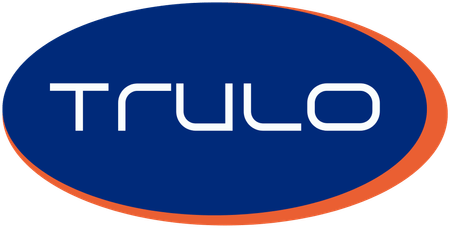Cash flow challenges affect over 60% of restaurants, making effective financial management crucial for survival and growth. Restaurant owners face unique cash flow pressures from seasonal fluctuations, inventory costs, and unpredictable customer demand. Understanding proven restaurant cash flow solutions can mean the difference between closing your doors and building a thriving business that weathers economic uncertainty.
Essential Restaurant Cash Flow Solutions for Financial Stability
Smart cash flow management starts with implementing systematic approaches to monitor your restaurant's financial health.
Restaurant owners who actively manage their cash flow through strategic planning see significantly better outcomes than those who operate reactively. Effective cash flow management involves creating detailed cash reserve plans that account for seasonal variations, implementing robust expense monitoring systems that track every dollar spent, and developing revenue forecasting models that help predict future income streams. These foundational elements work together to create a comprehensive financial framework that supports both day-to-day operations and long-term strategic planning. When restaurants establish these systems early, they build resilience against economic downturns and create opportunities for strategic investments in equipment, staff training, and facility improvements that drive future growth.
Key components of successful restaurant cash flow solutions include:
- Menu engineering strategies that optimize profit margins on high-volume items
- Inventory management systems that reduce waste and improve cash conversion cycles
- Expense monitoring tools that identify cost-saving opportunities without compromising quality
- Revenue forecasting models that help predict and prepare for seasonal fluctuations
Alternative Lending for Restaurants: Beyond Traditional Bank Loans
Traditional bank loans often fail to meet the unique needs of restaurant businesses due to their seasonal cash flow patterns and industry-specific challenges.
Alternative lending for restaurants has emerged as a vital solution for business owners who need flexible funding options that align with their operational realities. Unlike traditional loans that require extensive documentation and lengthy approval processes, alternative funding sources offer faster access to capital with approval criteria that better understand restaurant business models. These funding solutions recognize that restaurants often experience cash flow fluctuations that don't necessarily indicate business failure but rather reflect normal industry patterns. Modern alternative lenders evaluate restaurant businesses based on actual performance metrics like daily sales volumes and customer traffic patterns, rather than relying solely on traditional credit scores and collateral requirements that may not accurately represent a restaurant's ability to generate revenue and repay funding.
Benefits of exploring alternative lending options:
- Faster approval times that help restaurants address urgent cash flow needs
- Flexible repayment structures that align with seasonal revenue patterns
- Less stringent documentation requirements compared to traditional banking
- Industry-specific underwriting that understands restaurant operational challenges
Strategies to Improve Business Funding and Long-term Growth
Moving beyond survival mode requires implementing growth-oriented financial strategies that transform how restaurants manage their cash flow.
Successful restaurant owners understand that improving business funding goes beyond simply accessing capital – it involves creating systems that optimize how money flows through their operations. This transformation begins with developing sophisticated financial statements that provide clear insights into profitability patterns, seasonal trends, and operational efficiency metrics. Restaurants that invest in proper financial infrastructure can more accurately forecast their funding needs, negotiate better terms with lenders, and make data-driven decisions about expansion opportunities. These establishments also benefit from improved relationships with suppliers through better payment scheduling, enhanced credibility with potential investors, and increased ability to take advantage of bulk purchasing opportunities that improve margins.
Strategic approaches to enhance restaurant funding include:
- Implementing predictive cash flow models that anticipate funding needs before they become critical
- Diversifying revenue streams through catering, delivery partnerships, and retail product sales
- Building strong financial documentation that demonstrates business stability to potential lenders
- Establishing relationships with multiple funding sources to ensure access to capital when opportunities arise
Implementing effective restaurant cash flow solutions requires a combination of smart financial management practices and access to appropriate funding options. By focusing on systematic cash flow monitoring, exploring alternative lending opportunities, and building strong financial foundations, restaurant owners can move from reactive crisis management to proactive growth planning. The key to success lies in choosing strategies that align with your restaurant's specific operational patterns and growth objectives, ensuring sustainable financial health for years to come.

.png)

.svg)





